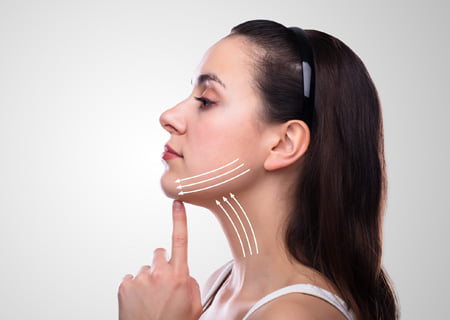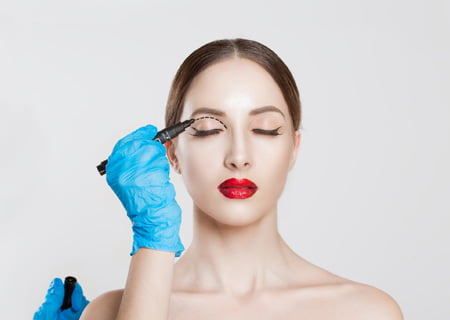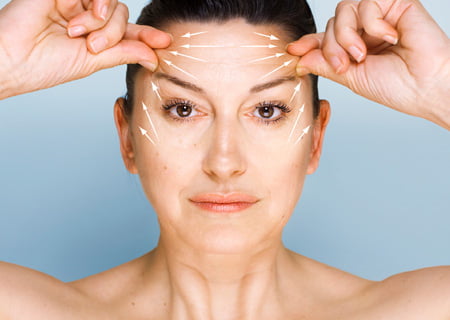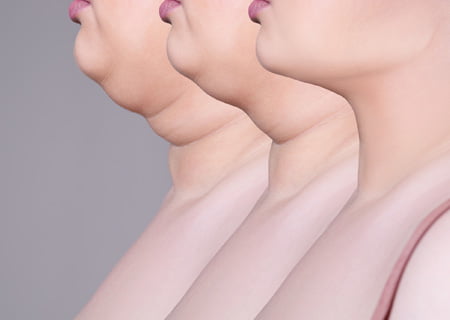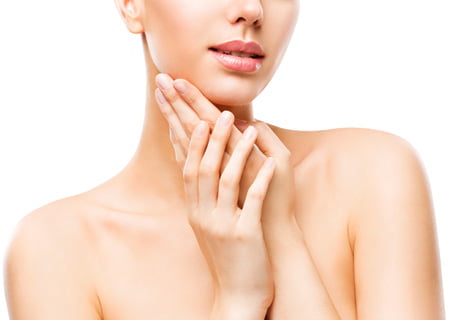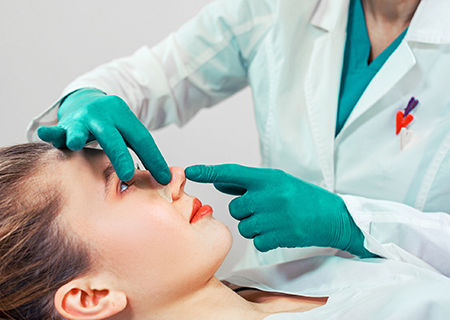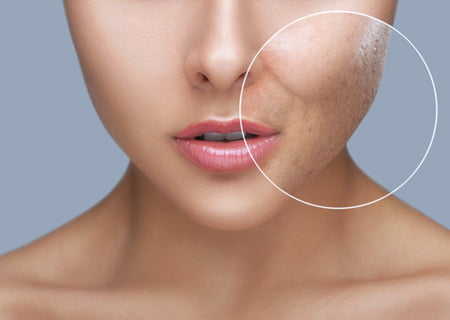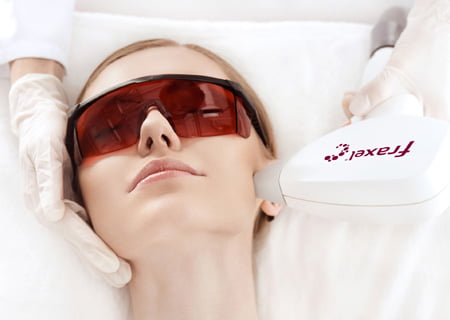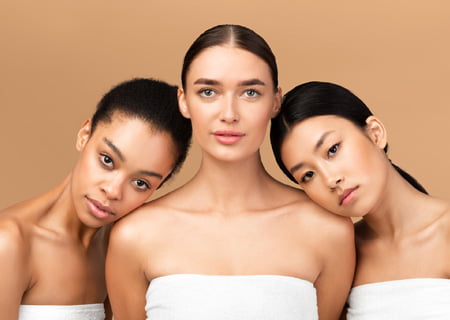Mole Removal in Canada: The Definitive Guide
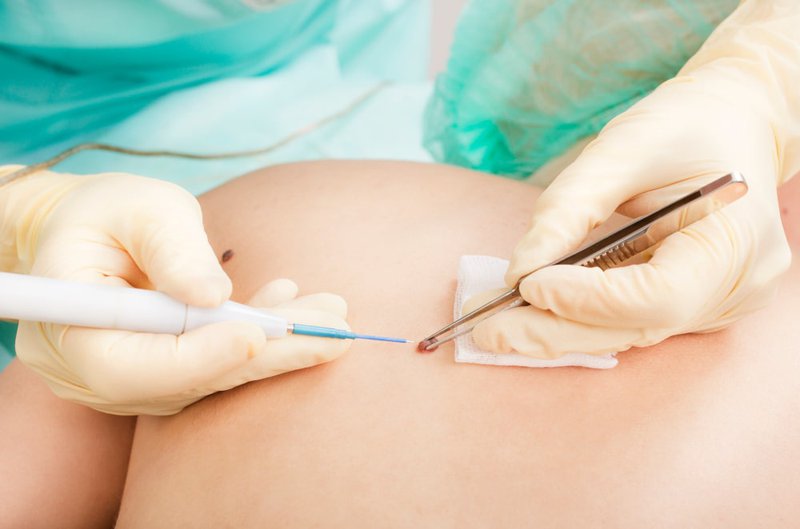
Introduction
Facial moles are common — some are genetic, others acquired over time — but they aren’t always welcome. Whether due to aesthetics, irritation, or concern over skin cancer, many Canadians seek mole removal each year. And yet, what seems like a simple request is anything but simple when it involves the face.
Dr. Kristina Zakhary, a facial surgeon in Canada, who is an Otolaryngology Head & Neck Surgeon with special focus in Facial Plastic and Reconstructive Surgery , sees mole removal cases serval times weekly. Her approach is defined by two priorities: removal with precision and aesthetic preservation of the face. “It’s not just about taking it off,” she explains. “It’s about planning the outcome — what the face will look like when it heals.”
This definitive guide outlines what Canadians need to know before removing a facial mole: from diagnosis and treatment options to aftercare, recurrence, and costs.
Why People Choose Mole Removal
People also search
Not all moles require medical intervention. However, people choose removal for two main reasons:
1. Medical concern
- Change in colour, shape, size
- Bleeding, itching, or ulceration
- Suspicion of basal cell carcinoma or melanoma
- Physician referral for biopsy or excision
2. Cosmetic reasons
- Visibility on high-profile areas: lips, nose, cheeks
- Asymmetry or texture irregularities
- Interference with makeup, shaving, or facial hair
- Personal discomfort with facial balance
“Even small moles can be psychologically significant,” Dr. Zakhary explains. “When patients say, ‘This is the first thing people see,’ I take that seriously.”
What Is a Mole?
Moles — clinically called melanocytic nevi — form when pigment-producing cells (melanocytes) group together in the skin. They can be flat or raised, pigmented or flesh-toned, and vary in texture.
Common types:
| Type | Features |
|---|---|
| Junctional Nevus | Flat, dark brown, smooth surface |
| Compound Nevus | Slightly raised, pigmented, may contain hair |
| Intradermal Nevus | Flesh-coloured, dome-shaped, usually raised |
| Dysplastic Nevus | Irregular borders and colour, may resemble melanoma |
| Congenital Nevus | Present at birth, often larger and monitored long-term |
Only histopathological analysis (laboratory tissue examination) can determine if a mole is benign or pre-cancerous.
How Mole Removal Works in Canada
Mole removal in Canada falls under two categories: medically necessary and cosmetic.
Medically necessary removals:
Covered by provincial health care (e.g., OHIP) when the mole:
- Is changing or symptomatic
- Is suspected to be malignant
- Is referred by a physician or dermatologist for suspected malignancy
Cosmetic removals:
Paid out-of-pocket and not covered by provincial insurance. Facial mole removal is considered cosmetic when:
- The mole is stable and benign
- There are no symptoms
- The patient wants it removed purely for aesthetic reasons
At Facial Cosmetic Surgery, Dr. Zakhary performs both types of removals — but always with a cosmetic surgeon’s eye.
Techniques Used for Facial Mole Removal
Each technique carries different outcomes in terms of healing, scarring, and recurrence risk. Dr. Zakhary selects the approach based on mole depth, texture, location, and skin type.
1. Surgical Excision with Sutures
This is the gold standard, especially when:
- The mole is deep-rooted
- A hair is growing from the mole
- The patient wants complete removal with the lowest risk of regrowth
The procedure:
- Mole is excised with a safety margin
- Wound is closed in multiple layers to reduce tension
- Initial Healing usually takes 7-14 days, with suture removal as required
- Scar fades over several months and is minimized with precise closure techniques and after care
“Facial suturing isn’t just functional — it’s aesthetic,” Dr. Zakhary says. “Incisions must align with natural skin folds and contours.”
2. Shave Excision (Scarless Technique)
In this technique:
- The mole is shaved flush with the skin using a scalpel
- No stitches are required
- Healing occurs by secondary intention (skin regenerates over the area)
Best for:
- Small, raised moles
- Areas where stitches would cause unnecessary tension
- Cosmetic removal when the mole appears benign
Downsides:
- Slight risk of pigment shadow or regrowth
- Risk of regrowth
3. Laser Mole Removal
Rarely used in clinical mole excision unless the lesion is clearly benign. Laser vaporizes pigment cells but destroys tissue, making biopsy impossible.
Not suitable for:
- Suspicious or changing moles
- Deep moles
- Patients with darker skin tones (higher risk of hypopigmentation)
- Also high risk of regrowth of mole
Risks and Recovery: What Patients Should Expect
Immediate Aftercare
- Minimal bleeding, controlled with pressure or dressings
- Instructions for cleaning, topical ointment, and sun protection
- Downtime: Most patients resume daily activities same or next day
Scar Expectations
- Redness, swelling, and firmness for 2–3 weeks
- Scar typically softens and fades by 3–6 months
- Scar gels, taping, and laser touch-up (if needed) can improve results
Recurrence
- Possible in 100% of shave cases
- Very rare in full-thickness excision
“We aim for total removal — but healing is a biological process,” Dr. Zakhary explains. “The follow-up matters just as much as the initial cut.”
Cost of Mole Removal in Canada
Private mole removal is based on:
- Location (face vs. body)
- Technique (shave vs. excision)
- Need for histopathology
- Provider expertise
| Service | Estimated Cost (CAD) |
|---|---|
| Facial mole removal (cosmetic) | $500 – $800 per mole |
| Excision with lab analysis | $500 – $950 |
| Scar refinement (if needed) | $500 – $1,500 |
Patients should ensure their surgeon has facial expertise — this is not a service to outsource to general clinics or spas.
Who Performs Mole Removal?
General Practitioners
Can remove moles in a medical setting but may not prioritize scar aesthetics.
Dermatologists
Well-suited for diagnosis, especially with atypical or pre-cancerous moles. Removal typically prioritizes pathology over cosmesis.
Facial Plastic Surgeons (e.g.,Otolaryngology Head&Neck Surgeons with special focus on Facial Plastic & Reconstructive Surgery like Dr. Kristina Zakhary)
Specialized in functional and aesthetic outcomes in the head and neck and face . Ideal for facial moles, complex closures, and patients with visible healing concerns.
Can Mole Removal Be Preventive?
Yes. Some moles are precancerous or have early changes not visible to the naked eye. Removing them allows for:
- Early intervention
- Histopathological review
- Peace of mind
Patients Ask…
Will it hurt?
Most removals are done with local anesthesia. The injection may sting, but the procedure itself is painless.
Will I have a scar?
Yes — but in skilled hands, it is typically minimal, flat, and strategically hidden within facial contours.
How long does it take?
In-office procedures last 20–45 minutes. Sutures are removed if needed within 5–10 days, and cosmetic healing continues for several months.
Can I wear makeup after?
Typically after 14 days, once the wound is sealed and healing is stable.
Dr. Zakhary’s Philosophy
Facial mole removal should never be rushed. “A mole on the face isn’t just tissue — it’s part of how a person sees themselves,” Dr. Zakhary says. “When I remove one, I’m thinking about how they’ll look at themselves a year from now.”
Her process includes:
- Conservative margins when possible
- Detailed suture work
- Follow-up visits to ensure healing is progressing well
- Education on scar care, including taping, sunscreen, and scar gel
Final Thoughts
Mole removal in Canada is straightforward when guided by the right professional. The procedure may be brief — but the result lasts a lifetime. Whether you’re seeking peace of mind or visual improvement, the right approach begins with a precise eye, a steady hand, and an understanding of the face as both a canvas and a map of identity.
For personalized consultation, patients are encouraged to book with Dr. Kristina Zakhary , where the goal is always the same: safe removal, confident healing, and a natural result.

